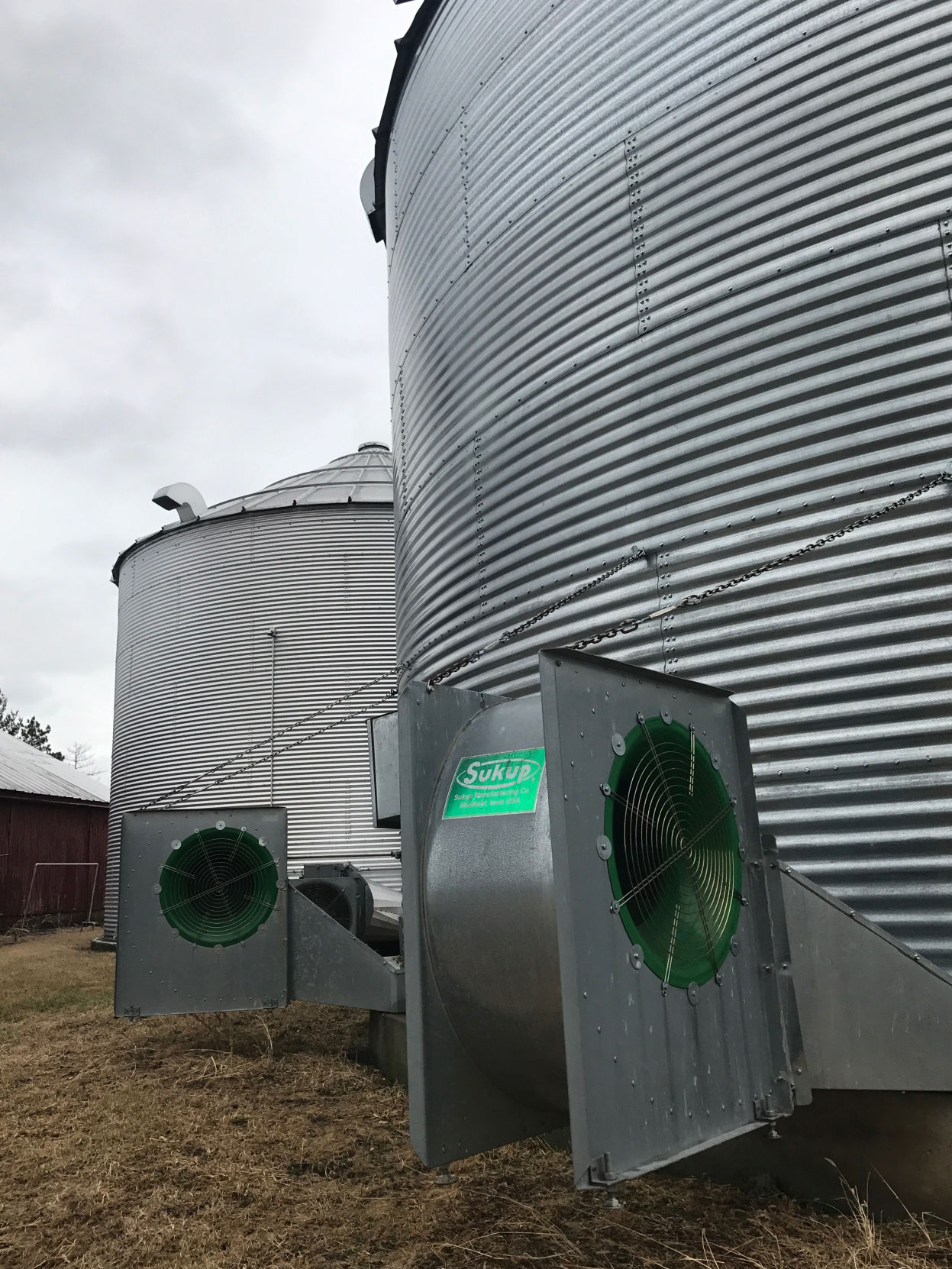Producers should take precautions to mitigate corn spoilage
Due to beneficial weather conditions that increased kernel fill last fall, producers need to take precautions to mitigate corn spoilage this spring.
Mild weather during the months of September and October not only produced higher yields, but also increased kernel fill. Kernels that are “filled out” and denser like those seen during last year’s harvest usually do not dry as easily, especially in higher temporal systems. The kernels will dry on the surface but when moisture equals out, they will be wetter than anticipated.
“There will probably be a 1 to 2 percent higher moisture content difference than anticipated,” said Charles Hurburgh, professor and grain quality and handling specialist with Iowa State University. “Although this is not a huge problem in the winter, when warmer weather arrives we will start to see problems such as wetter cores in storage bins and corn spoilage.”
To prevent spoilage, producers should begin by taking grain samples from the core of the grain bin. Not only will this clean trash and flush foreign material, but also will help identify the moisture content.
“Producers need to recognize when something will have to be done when weather warms up,” said Hurburgh. “If we have a few consecutive 50-degree days, the top of bins will get warm and spoilage can happen. Producers also need to be prepared to turn fans on or return grain to the dryer if necessary.”
For additional information on proper grain storage practices, the Iowa Grain Quality Initiative has developed free online learning modules to help educate and teach producers proper grain storage techniques. Module topics include dryeration, aeration and fan performance. Visit https://www.extension.iastate.edu/grain for more information about the Iowa Grain Quality Initiative and modules.
The mission of the Iowa Grain Quality Initiative is to create knowledge and provide information that will improve the efficiency of traditional commodity grain markets and assist emerging markets for user-specific grains. For more information, visit iowagrain.org.




